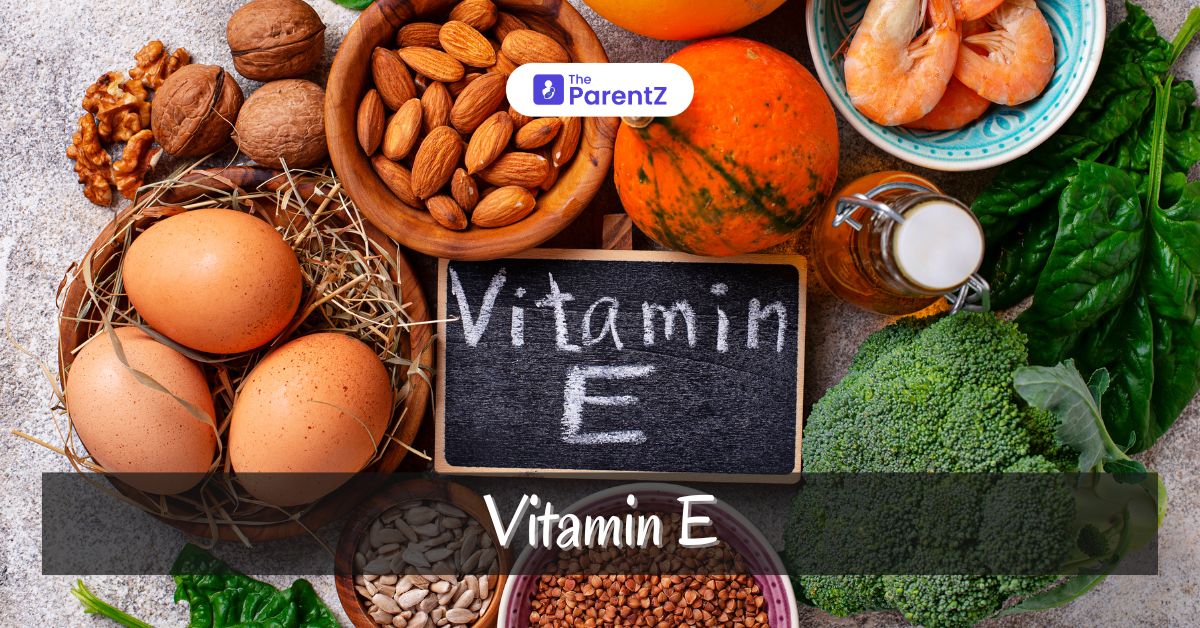What is Vitamin E?
Vitamin E is a fat-soluble antioxidant vitamin that plays a critical role in various physiological processes within the body. From immune function to skin health, Vitamin E is essential for supporting the growth, development, and overall well-being of children.
It comprises a group of compounds known as tocopherols and tocotrienols, each with potent antioxidant properties. These antioxidants help protect cells and tissues from oxidative damage caused by free radicals, thereby supporting overall health and vitality. Vitamin E also plays a role in immune function, gene expression, and regulation of inflammatory processes within the body.
Why does your child need Vitamin E?
Children require Vitamin E for several critical reasons. Firstly, its antioxidant properties help protect cells and tissues from oxidative stress, supporting immune function and overall health.
Secondly, Vitamin E promotes healthy skin and eyesight, contributing to optimal growth and development. Additionally, Vitamin E plays a role in maintaining cardiovascular health, cognitive function, and neurological integrity, all of which are essential for a child’s well-being.
What are the sources of Vitamin E?
Vitamin E can be found in a variety of foods, both plant and animal-derived. Incorporating these foods into your child’s diet can help ensure an adequate intake of this essential nutrient. Rich sources of Vitamin E include-
- Nuts and seeds
- Almonds
- Sunflower seeds
- Hazelnuts
- Plant-based oils
- Wheat germ oil
- Sunflower oil
- Safflower oil
- Leafy green vegetables
- Spinach
- Broccoli
- Whole grains
- Avocados
- Fortified cereals
How much Vitamin E does your child need in a day?
The quantity of Vitamin E required in a day vary according to the age of the child. According to the National Institutes of Health (NIH), the recommended daily intake of Vitamin E for children should be in the following quantities on a per day basis:
| Age | Dosage |
|---|---|
| 0-6 months | 4 milligrams (mg) |
| 7-12 months | 5 mg |
| 1-3 years | 6 mg |
| 4-8 years | 7 mg |
What should you know regarding Vitamin E requirements in children?
- It is important for parents to ensure that a variety of foods rich in Vitamin E are included in the child’s diet. These will help meet their daily requirements and support their overall health and development.
- Encouraging the consumption of nuts, seeds, plant-based oils, leafy green vegetables, whole grains, and fortified cereals can help provide sufficient amounts of this essential nutrient. It is also helpful to be mindful of cooking methods that may degrade Vitamin E, such as prolonged exposure to heat or light.








Be the first one to comment on this story.